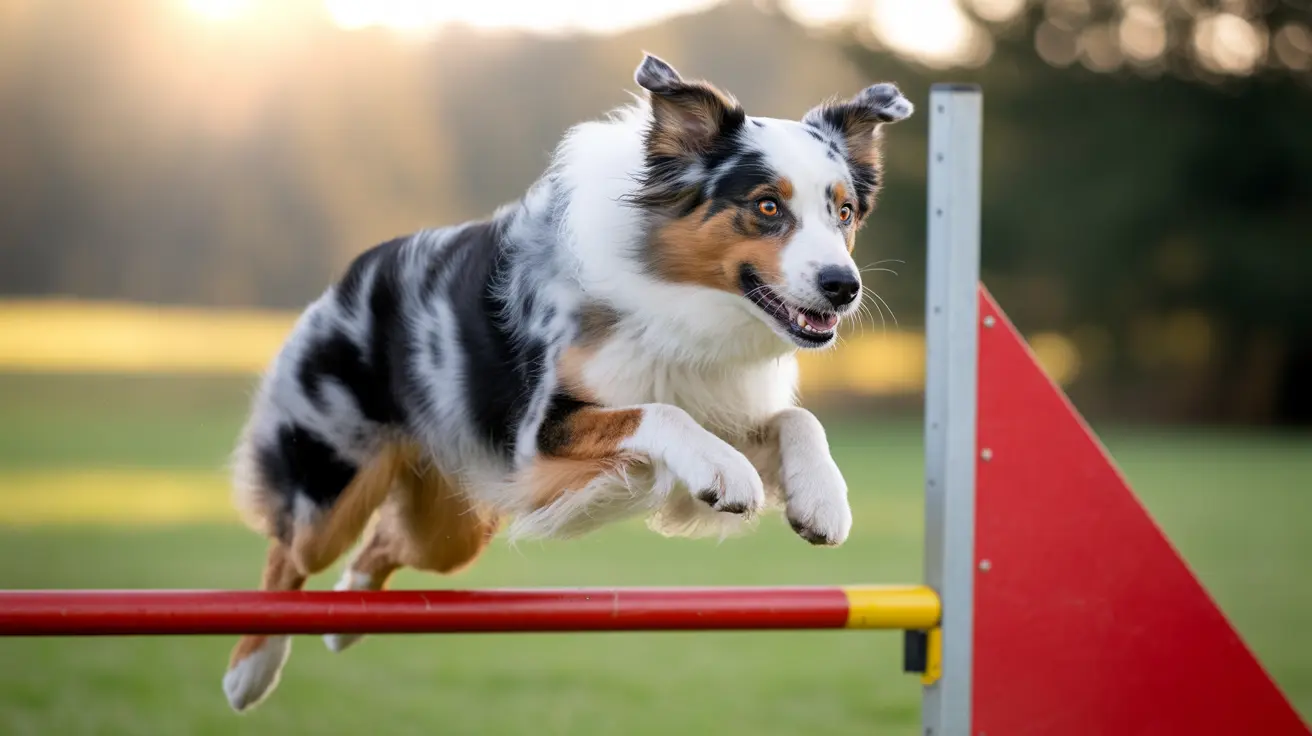Understanding the Downsides of Scottish Terriers
The Scottish Terrier, affectionately known as the Scottie, is a charming and dignified dog recognized for its distinctive silhouette and independent spirit. While many owners praise their loyalty and intelligence, it's important to understand that Scotties are not ideal for everyone. Below, we explore the potential downsides of owning a Scottish Terrier to help prospective pet owners make an informed decision.
1. Strong-Willed and Stubborn Nature
One of the most commonly cited challenges with Scottish Terriers is their independent and stubborn temperament. They are intelligent but prefer to think for themselves, making obedience training more difficult than with other breeds.
- Training difficulty: Their unwillingness to obey commands without understanding the reason can frustrate novice dog owners.
- Requires patience: Short, consistent, and positive training sessions are necessary, as harsh training methods may cause sulking or withdrawal.
2. Aloofness with Strangers
Scotties tend to be reserved or distant with unfamiliar people. This trait can manifest as:
- Limited sociability: They aren’t typically social butterflies and may not enjoy meeting new people or dogs.
- Protective instincts: Their loyal, one-person disposition makes them excellent watchdogs but can result in guarded behavior around visitors.
3. High Prey Drive
Bred to hunt vermin, Scottish Terriers have retained their strong prey instincts. This can create challenges such as:
- Chasing small animals: Cats, rabbits, and other small pets may be perceived as prey unless raised with the Scottie and introduced cautiously.
- Unreliable recall: Off-leash activities in unfenced areas can be risky, as they are likely to bolt after perceived prey.
4. Tendency to Dig and Escape
Instinctual hunting behaviors make Scotties enthusiastic diggers. This can be problematic when:
- Your yard becomes damaged: They may dig under fences or around your garden.
- Escape attempts: Due to their small size and tenacity, they can maneuver around or even under barriers if not securely fenced in.
5. Not Ideal for Young Children
Scottish Terriers may not be the best match for households with young or overly energetic children due to:
- Low tolerance for rough play: They may react defensively if handled too roughly.
- Better suited for older kids: Families with respectful, dog-savvy children tend to have better success integrating a Scottie.
6. Grooming Requirements
Maintaining their iconic appearance requires regular grooming and maintenance.
- Brushing: Needs to be done 1–2 times per week to prevent matting.
- Hand-stripping: Requires professional grooming every 6–8 weeks for show-quality coats.
- General care: Regular teeth cleaning, nail trimming, and ear checks are essential.
7. Health Concerns
Scottish Terriers are prone to several genetic and inherited conditions. These include:
- Scottie Cramp: A neurological disorder triggered by stress or excitement causing temporary movement issues.
- Von Willebrand Disease: A bleeding disorder requiring genetic screening in breeding lines.
- Patellar Luxation: A kneecap issue common in small breeds.
- Craniomandibular Osteopathy ("Lion Jaw"): Excessive jaw growth in puppies, occasionally resolving with age.
- Cerebellar Abiotrophy: Degenerative brain disorder causing coordination problems.
- Susceptibility to cancers: Scottish Terriers show higher cancer risks compared to other breeds.
8. Exercise and Mental Stimulation Needs
Though small, Scotties have robust energy levels and require daily physical and mental activities.
- Not a lap dog: They dislike being doted upon or carried frequently, preferring independence.
- Needs active play: Engaging them in fetch, tug-of-war, or puzzle games keeps them stimulated and prevents boredom-related behaviors like chewing or barking.
Conclusion
The Scottish Terrier is a bold, spirited companion best suited to experienced dog owners who understand terrier behavior. Though their appearance and loyalty are endearing, Scotties can be challenging due to their prey drive, grooming needs, stubborn streak, and health predispositions. With proper training, structured routines, and early socialization, they can make devoted companions—ideally in homes without small children or vulnerable pets.





